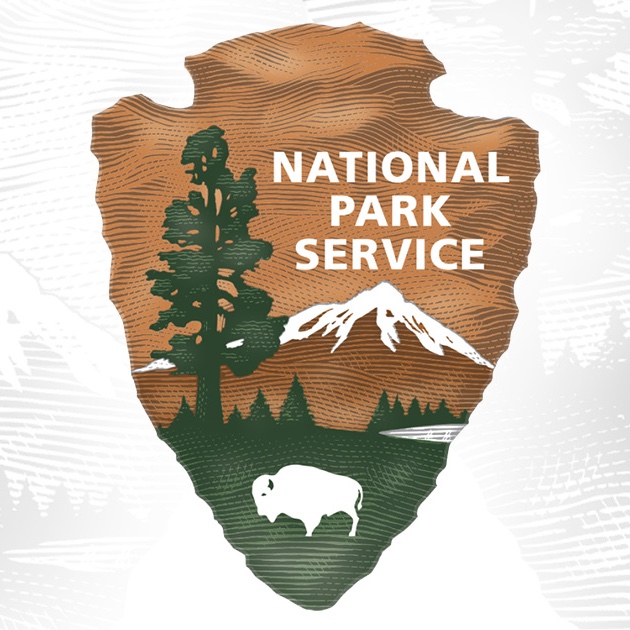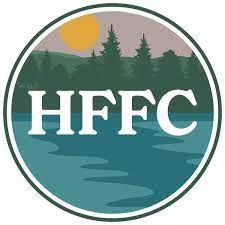

I believe that data can change the world, and with this mindset I help companies and organizations build data pipelines, cloud resources, machine learning models, visualizations, and full stack software. I am an enthusiastic problem solver, life-long learner, and I enjoy tackling complex projects. I have a background in biology, genomics, and bioinformatics, which I apply to business problems to quickly and efficiently learn new domains, tackle complexity, apply systems thinking, and communicate technical concepts with cross functional teams and stakeholders.
I have an MS degree from Northwestern University, an MS degree from the University of Minnesota, and a certificate in Applied Data Science from MIT Professional Education.
In my free time, I enjoy camping, hiking, music, mtb, nordic skiing, cooking, and I am a professional flyfishing guide for the Hayward Flyfishing Company.
Currently, I am working as a geospatial data engineer for Colaberry, Inc., contracted to Corteva Agriscience.
Data ingestion, data cleaning, data processing, database development, pipelines, APIs.
EDA, Regression, time series, classification, recommendation, NLP, neural networks.
Python applications, websites, webapps, APIs, cloud deployment, AWS, Lambda functions, mobile apps.

BA Political Science, Biology, Anthropology/Sociology

Biological science technician, field botanist, field survey crew lead

MS Plant Biology and Conservation, graduate research assistant

Assistant Data Manager, Data Scientist, contracted to the National Park Service Chihuahuan Desert Network

Professional Fly Fishing Guide

MS Plant and Microbial Biology, graduate research assistant

Certificate in Applied Data Science

Geospatial Data Engineer, contracted to Corteva Agriscience